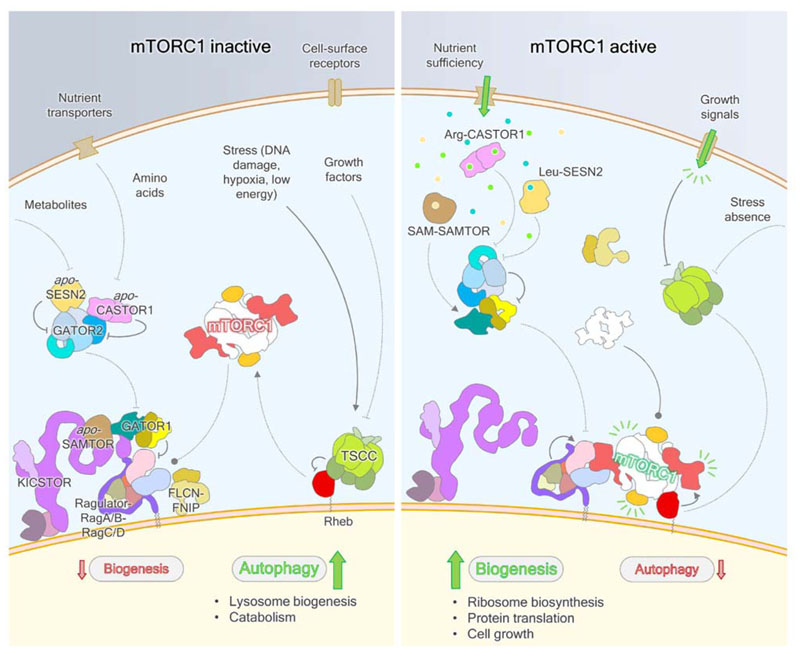Figure 1. Schematic of mTORC1 regulation in response to multiple stimuli.
In the absence of the appropriate signals, mTORC1 is not localized to the lysosome by RagA/B-RagC/D and therefore not allosterically activated by Rheb. Inhibitory GAPs for the RagA/B and Rheb GTPases – GATOR1 and TSCC, respectively – act on their targets, while FLCN-FNIP activates RagC/D. In the presence of amino acids and key metabolites, SESN2 and CASTOR1 dissociate from GATOR2, enabling it to inhibit GATOR1 through an as-yet incompletely described mechanism, while SAMTOR dissociates from GATOR1-KICSTOR and may enable recognition of GATOR1 by GATOR2. In the absence of external stresses, such as DNA damage, low cellular energy status and reactive oxygen species production, as well as positive growth factor signaling, TSCC-mediated Rheb inhibition is relieved by posttranslational modifications of the integrator complex, which likely lead to dispersion of TSCC from the lysosome surface. Both the Rag heterodimer and Rheb GTPases can now cooperatively activate mTORC1 to stimulate biogenesis.

